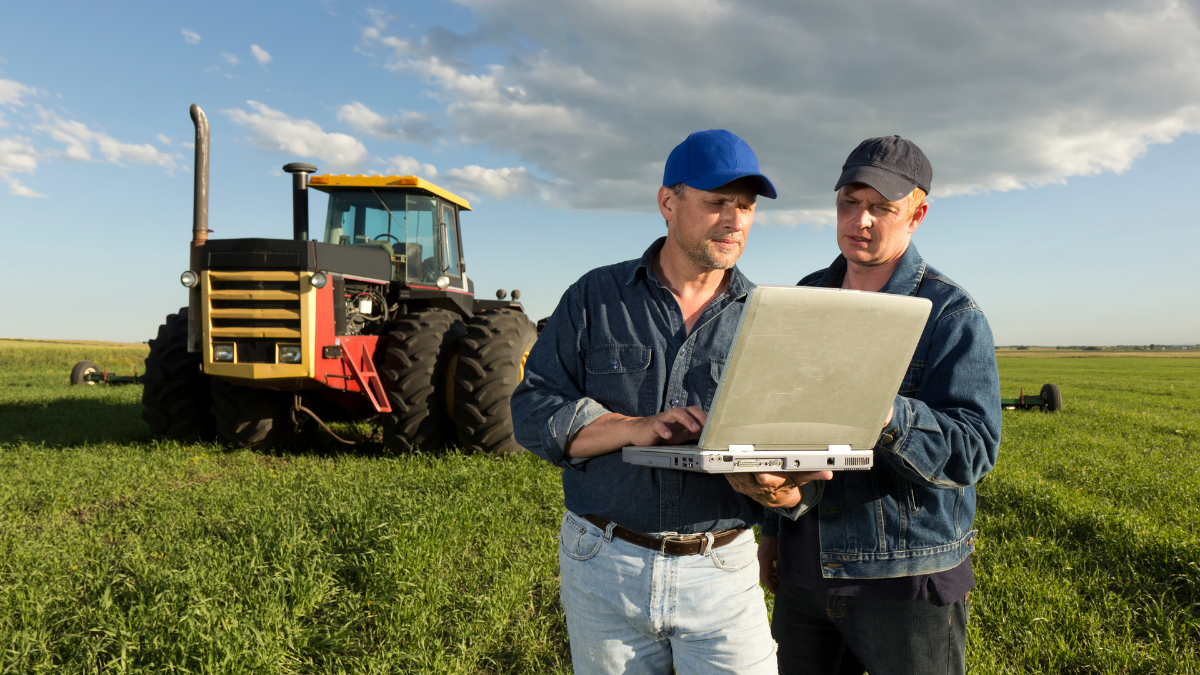A financial plan is a roadmap for the future. Farm financial planning is meant to help you set goals, prioritize your spending and get out of debt—which means there’s no better time than now to create one.
Even if your farm is small, it’s important to plan ahead financially so that you don’t get stuck in a bad situation down the road. By doing so, you’ll be able to protect yourself from unforeseen financial challenges along the way and make sure that you’re ready for any changes that might happen in the years ahead.
Goals and objectives.
Setting goals and objectives is one of the most important steps in developing a farm financial plan. Goals should be specific, measurable, attainable and realistic. They should also be time-based so you can track your progress toward them over time.
A goal setting worksheet can help you identify what your goals are; it will help you think about how to reach them and measure whether or not they’ve been achieved. The following example shows how to use such a tool:
The financial landscape.
The financial landscape is a broad term that refers to the various aspects of your farm’s financial statements. Financial statements are used by businesses and individuals to determine their financial health, as well as make good decisions about future investments and expenditures. They can be intimidating at first glance, but once you understand what they mean, they’ll become much easier to read!
Financial Statements: A financial statement is an organized collection of information that provides insight into how well a business or individual is doing financially over time. There are many different types of statements depending on what information you’re looking for (income vs expenses) so let’s break down some common ones below:
- Balance Sheet – A snapshot of all assets owned by a person/company at one point in time; lists both current assets (cash on hand) & long term assets (such as land). This gives us an idea how much money we have available right now without having to wait until our next paycheck comes through!
- Income Statement – Shows how much revenue was generated during a given period; helps us plan ahead by identifying where we could cut costs if necessary (e..g., selling off some equipment).
Financial statements.
The primary financial statements are the balance sheet, income statement and statement of changes in equity. The balance sheet is a snapshot of your business’s assets and liabilities at a specific point in time. It tells you how much money is coming into the business (revenue), what it’s being spent on (expenses) and what’s left over after all that spending (profit).
The income statement shows how much cash has flowed through your business over a period – usually one year – or two years if you have just started out as an incorporated entity with an accountant who can help guide you through this process.
The statement of changes in equity shows how much money was contributed by shareholders during their ownership period plus any profits made since inception; this figure should be equal to zero since there shouldn’t be any change from one year to another unless something extraordinary happens such as selling land for more than its value!
Conclusion
As you can see, there are many factors to consider when planning for the future. The good news is that it’s never too early or too late to start thinking about farm financial planning for your farm. We hope this guide has helped give you some ideas about how to get started on your own!





